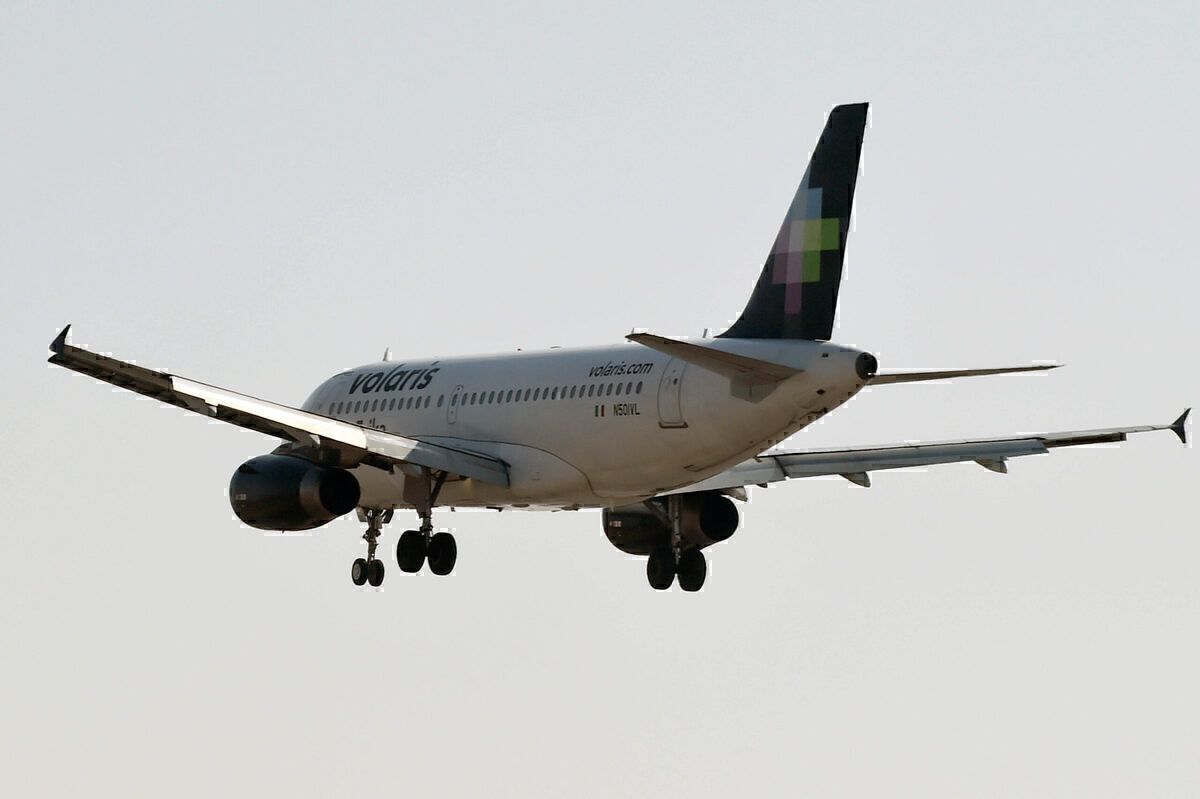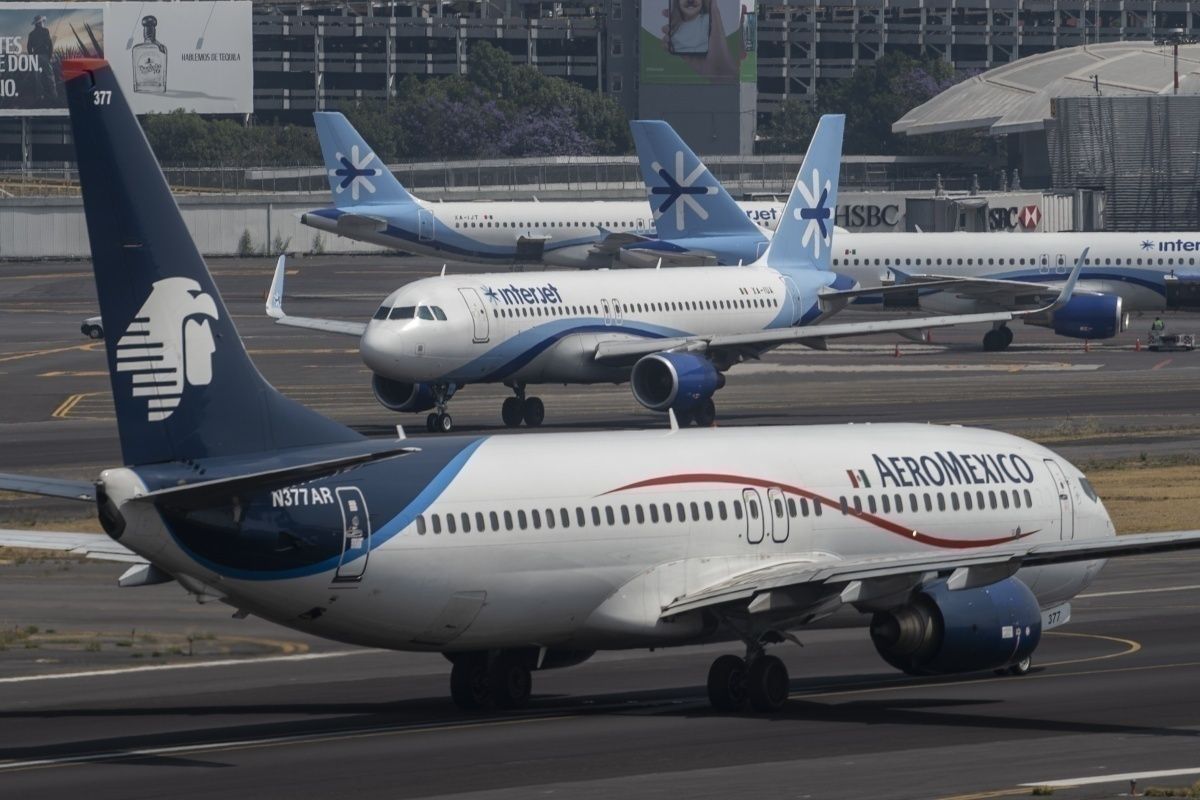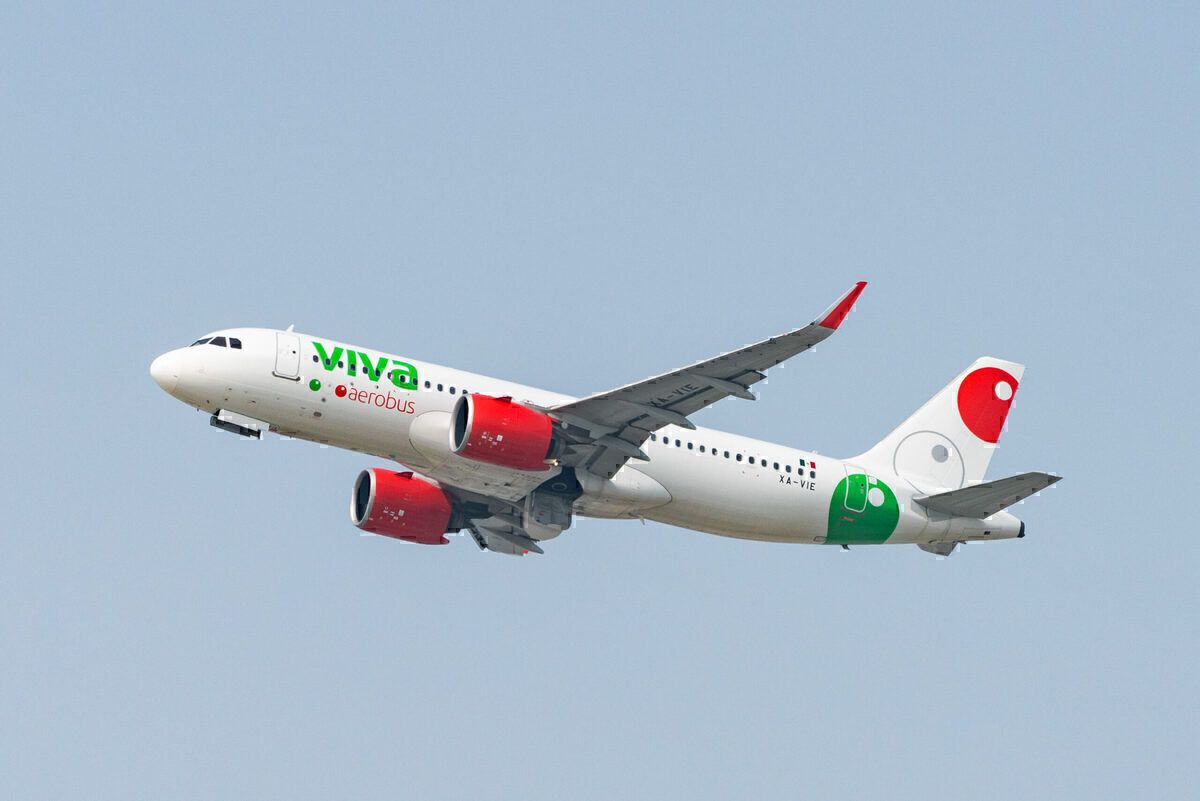Last year, the Mexican low-cost carrier Interjet ceased operations. It stopped flying on December 11, 2020, and although there are talks about its possible return, the market has already rebounded and filled the gap it left. Mainly, two low-cost airlines have seized the opportunity, Volaris and Viva Aerobus. How have they done it?
Volaris and Viva unique opportunity
One year ago, the COVID-19 pandemic led to a unique opportunity for Volaris and Viva Aerobus. All of a sudden, their two main rivals, Grupo Aeromexico and Interjet, went into deep crisis mode. On June 30, Aeromexico filed for a Chapter 11 bankruptcy, while Interjet was losing its Airbus fleet at an alarming rate.
Meanwhile, Volaris’ and Viva Aerobus’ low-cost model proved resilient during the crisis. Yes, the airlines posted a sharp decline in passenger numbers and financial net losses but quickly rebounded.
By December, Volaris carried 9.5% fewer passengers than the previous year, while Viva performed even better, with a 2.98% decrease in a year-to-year comparison.
Stay informed: Sign up for our daily and weekly aviation news digests.
Increasing the fleet, despite the uncertainty
Many airlines rejected leasing contracts and reduced the size of their fleets during 2020. Grupo Aeromexico, for example, went from having 131 aircraft in December 2019 to 106 by the end of last year.
Interjet didn’t have a choice, though. Starting in March, when the COVID-19 pandemic was barely just reaching Mexico, the leasing companies started repossessing Interjet’s fleet. Prior to that, the airline had 88 aircraft, composed of 66 Airbus A320 family airplanes and 22 Sukhoi Superjet 100.
All of the Airbuses (except for a couple not airworthy) flew away from Mexico. Therefore, Interjet had to reactivate its Sukhoi fleet, but that wasn’t enough to keep going.
Meanwhile, both Volaris and Viva Aerobus increased their fleets during the year. Viva Aerobus went from 36 planes to 43 by the end of the year. Plus, it plans to have over 80 by 2026. Volaris increased its fleet from 82 to 86 aircraft and will receive 98 new Airbuses by 2028.
New routes
Interjet operated more than 80 routes a year ago. The airline had a nearly 50:50 balance in terms of international and domestic routes due to its heavy presence in America. Interjet flew to the US, Canada, Cuba, Colombia, Costa Rica, Ecuador, El Salvador, Guatemala, and Peru.
This left a gap that has been quickly taken by both low-cost operators. For instance, Viva Aerobus launched 28 new routes throughout 2020 (13 domestic and 15 international). The airline closed the year with 131 routes, 12 more than the 119 it had in 2019.
Meanwhile, Volaris launched two new domestic and seven new international routes during the fourth quarter of 2020. Both airlines bet heavily on the US-Mexico market.
But that’s not it; both Viva and Volaris are planning to start operations in Colombia, one of Interjet’s strongest markets in South America. They’re waiting for the Colombian Government’s approval.
How does Mexico’s schedule look now?
Between January and February, the Mexican aviation recovery stalled a bit. Nevertheless, it seems to have picked up momentum again. In April, Cirium expects there will be 31,219 domestic operations in Mexico, 28% below what it had in 2019.
Between 2019 and 2021, both Volaris and Viva Aerobus have actually increased the number of operations they had. The decrease has come from all the other airlines, particularly Interjet.
For example, Volaris had 10,246 flights in April 2019, offering 1.94 million seats. This month, Volaris is offering 11,270 flights and over 2.08 million seats. That’s a 7.5% increase.
Viva is currently flying 7,058 flights with 1.34 million seats versus 5,600 flights and 1.03 million seats a year ago. That’s a 26% increase.
According to you, what’s Volaris’ and Viva Aerobus’ recipe to success? Let us know in the comments.



